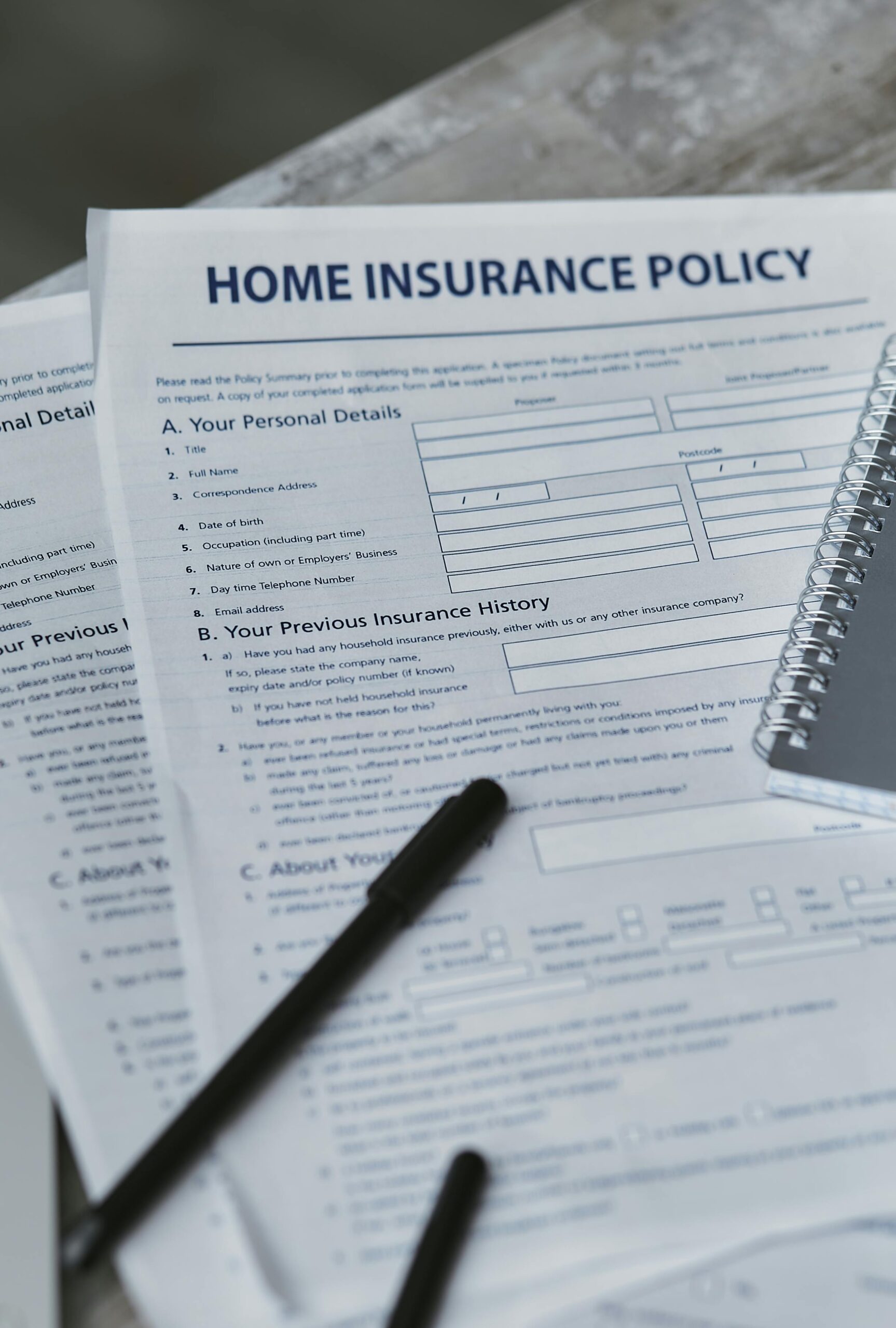Homeowners insurance is a crucial investment to protect your home and belongings from unexpected events like natural disasters, theft, and accidents. However, the cost of your policy can vary significantly depending on several factors. Understanding what influences your premiums can help you make informed decisions and potentially lower your costs. Here are the top five factors that affect the cost of homeowners insurance.
The location of your home is one of the most significant factors impacting your homeowners insurance premiums. Insurers assess risks associated with where your property is situated, including:
- Natural Disasters: If your home is in an area prone to hurricanes, earthquakes, wildfires, or floods, your premiums will likely be higher. For instance, homes in coastal areas often face elevated risks of storm damage, leading to increased insurance costs.
- Crime Rates: Properties located in areas with higher crime rates typically have higher premiums due to the increased likelihood of theft or vandalism.
- Proximity to Emergency Services: Homes near fire stations, police departments, and hospitals may have lower premiums because quick access to emergency services reduces risks.
- Building Codes and Local Regulations: Areas with strict building codes designed to withstand natural disasters may lead to lower premiums. Conversely, areas with outdated infrastructure might incur higher costs.
Homeowners can mitigate some location-based costs by investing in safety features or choosing properties in lower-risk zones. Flood insurance, for example, is often an additional requirement for homes in flood-prone regions, adding to overall costs.
The characteristics of your home, including its age, size, and building materials, play a crucial role in determining your insurance premiums. Key considerations include:
- Construction Materials: Homes built with fire-resistant materials like brick or stone may qualify for lower premiums. On the other hand, wood-framed houses, which are more susceptible to fire and termite damage, tend to have higher premiums.
- Age of the Home: Older homes may cost more to insure because they often have outdated electrical, plumbing, or roofing systems, increasing the risk of damage or failure. Upgrading these systems can potentially reduce premiums.
- Home Size: Larger homes generally cost more to rebuild, which increases the cost of insurance. Insurers base premiums on the estimated cost to replace your home, so a larger square footage equals higher costs.
- Special Features: High-end finishes, custom architecture, or additional structures like pools or detached garages can raise premiums because they increase the home’s overall replacement value.
Homeowners can reduce premiums by performing regular maintenance, upgrading old systems, and choosing durable, resilient materials for renovations or repairs.
The level of coverage you choose and the deductible amount you’re willing to pay also significantly impact your premiums.
- Coverage Limits: Higher coverage limits result in higher premiums. For instance, a policy that covers $500,000 will cost more than one that covers $250,000. Make sure your coverage amount aligns with the replacement value of your home and possessions.
- Additional Coverage: Adding endorsements or riders, such as coverage for valuable items (jewelry, art, or collectibles) or protection against sewer backups, increases the cost of your policy.
- Deductible Amount: Your deductible is the amount you pay out-of-pocket before your insurance kicks in. Choosing a higher deductible can lower your premiums, but it’s important to ensure you can afford the deductible in the event of a claim.
Balancing comprehensive coverage with an affordable deductible is key. Consult your insurer to find the right balance based on your financial situation and the risks you’re willing to assume.
Insurance companies often consider personal factors when determining your premiums. These include:
- Credit Score: In many states, a higher credit score can result in lower premiums, as insurers view individuals with strong credit as more responsible and less risky.
- Claims History: If you’ve filed multiple claims in the past, insurers may see you as a higher risk, leading to increased premiums.
- Homeownership Experience: First-time homebuyers may face higher premiums compared to experienced homeowners with a history of maintaining properties.
- Marital Status: Some insurers offer lower rates to married couples, as they are statistically less likely to file claims.
Improving your credit score, maintaining a clean claims record, and demonstrating responsible homeownership can help reduce your insurance costs over time.
Homes equipped with safety and security features are less risky to insure, which can result in lower premiums. Examples include:
- Fire Prevention: Installing smoke detectors, fire alarms, or sprinkler systems can reduce the risk of fire-related damage.
- Security Systems: Burglar alarms, surveillance cameras, and deadbolt locks lower the likelihood of theft, which can lead to discounts on your premiums.
- Weatherproofing: Features like storm shutters, reinforced roofs, and impact-resistant windows reduce the risk of weather-related damage, particularly in areas prone to storms.
- Maintenance Upgrades: Regular roof inspections, tree trimming, and foundation repairs can demonstrate proactive home maintenance to insurers.
Many insurance companies offer discounts for installing these features, so investing in safety upgrades can save you money while providing peace of mind.
Understanding the factors that influence homeowners insurance costs empowers you to make informed decisions about your policy. While some factors, like location, may be beyond your control, others—such as installing safety features or maintaining a good credit score—are within your power to improve. By carefully evaluating your coverage needs, taking proactive measures to reduce risks, and working closely with your insurance provider, you can secure a policy that protects your home without breaking the bank.
Remember, homeowners insurance isn’t just about protecting your property; it’s about safeguarding your financial future. Regularly review your policy to ensure it continues to meet your needs and offers the best value for your investment.

Leave a Reply